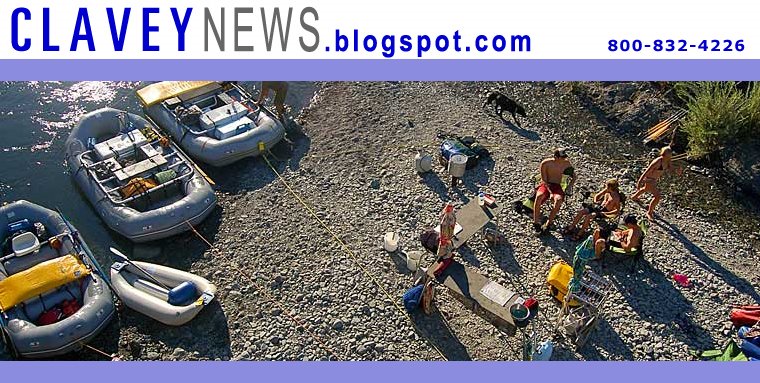I arrive at one of my local surf breaks (one that I usually avoid because of the crowds -but it’s the perfect spot to SUP) at about a quarter to six in the morning. The drive from Point Reyes to Bolinas at this time of day can be as spectacular as my time on the water; the Olema Valley is covered with wisps of ground fog and I have to break for the occasional coyote. If I hadn’t checked my Mac for the surf report before I left the house, I would still know the surf was going to be smallish at best by how easily I find a place to park near the beach. And sure enough, the surf is small and there is nobody on the beach but me. These conditions are perfect for my paddleboard.
The beauty of Stand Up Paddling (or SUPing) is that it just doesn’t matter if there isn’t any surf because you can still go out, have some fun and get a good workout. I suit up and paddle out. The full moon is setting behind the Bolinas Mesa while the sun is rising over the Bolinas ridge and the early morning light is soft and yellow. I paddle out to the “patch”, a section of Duxbury reef known for its long gentle rollers. The view one gets from the stand up position is really quite unique. Because you are, in my case, six feet off the water and able to see approaching swells and sea life from a whole new angle. The water below me teams with life: harbor seals swimming about and fish swimming near the surface with the four ospreys checking them out from above. I catch a couple of small waves and am then buzzed by an enormous Stellar Sea Lion who swims right at me showing off a 3’ leopard shark that he has in his mouth. I feel a bit safer on the Stand Up – it nice not to have your legs dangling in the water for a change. I catch a few more nice long rollers and then decide to paddle over to the mouth of the lagoon just for the exercise. On the way, a pod of dolphins swims by. As far as different ways to start the day go, this rates pretty high.
Stand Up Paddle Boarding most likely got is start in the early days of Polynesia and is considered by many to be the original form of surfing. In the 1960’s the Waikiki beach boys used stand up boards to help manage surf classes, take photos of clients and gain a better view of incoming swells. In the past nine years Stand Up Paddling has had a resurgence with the help of surfing legends, Laird Hamilton and Gerry Lopez who are definitely pushing the limits of the sport - SUPing Teahapoo, SUPING the Grand Canyon. It’s also become popular in flat water conditions due to the fact that SUPing is an unbelievable core workout.
Surfing a SUP and paddling one in flat water involve a few similar skills (stance and paddle stroke) but differ greatly in board design and learning curve. I’ve surfed most of my life and can tell you that surfing a SUP is a little more difficult, a bit dangerous, involves quite a bit of practice and can humble the best of us. If you plan to venture out in the surf on a SUP make sure that you first have good wave knowledge and, most importantly, stay away from other people in the water until you have learned to control your board and kick out of a wave. Most beginning SUPs are around 12’ long and weigh 40lbs and in the hands of the inexperienced can be a formidable weapon.
SUPs that are designed for surfing are basically a long, wide, thick surfboards that range in length from 10’ – 12’6”. Because these boards are designed for the surf they have quite a bit of rocker so you are able to turn them once you catch a wave. While some of these boards work well in flat water they tend to push water in front of them (because of the rocker and upturned nose) and have a rather short water line (amount of board contacting the water) for their length. Flat water SUPs, like the Tahoe Rubicon, are designed with a displacement hull – like a kayak – and have much more board in the water. They are also flatter with little or no rocker. This all translates into a board that is more stable, tracks better and much faster in flat water conditions.
Paddles designed for the SUP are basically long canoe paddles that usually have a 20° bend at the throat of the paddle. This bend allows the paddle face to be perpendicular to the water when taking a stroke. The length of the paddle rages from 8” to 10” taller than the paddler depending on if you’re surfing or cruising. Here at Clavey our favorite paddle is the Sawyer QuickDraw Zephyr. Besides being beautiful, light and super strong, the Quick Draw adjusts from 63” to 90”, making it the only SUP paddle you’ll ever need.
The beauty of Stand Up Paddling is its simplicity. Board, paddle, water. That’s all you need. I’ve got more outdoor gear than the average REI store, so to me the simplicity of the sport is its beauty. As a guy who deals with gear all day on a regular basis, the idea of a new sport that involved so little equipment was - to say the least - very appealing, and not just to me. Drive by the Petaluma River in the afternoon and you’ll most likely find someone from Clavey HQ paddling down the river on a paddleboard. Come join us and rent or demo a board and check this sport out for yourself !


